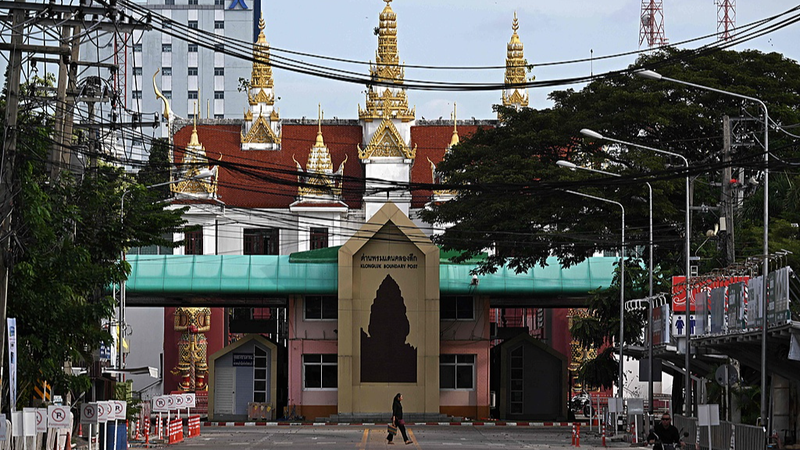In May, the Caribbean region witnessed an unprecedented invasion of sargassum, the brown prickly algae that blankets coastlines and disrupts local life. A new report reveals that record swells piled up from Puerto Rico to Guyana, and more growth is forecast for June.
On the French Caribbean island of Martinique, decomposing mats released toxic gases strong enough to force one school to close temporarily. Tour operators in Barbados and the Dominican Republic reported clogged beaches, scaring off tourists and hitting small businesses in their cash flow.
Beyond tourism, wildlife is under threat. Sea turtles struggle to reach nesting spots covered in algae, while fish and invertebrates face oxygen-depleted waters at the shore. This ecological domino effect could linger long after the mats are cleared.
Scientists link the surge to warmer sea temperatures and shifting currents—trends tied to broader climate shifts. For digital nomads and local residents alike, the blooms are a vivid reminder of how ocean health and human activity are entwined.
Communities are responding with creative clean-up strategies, from floating barriers and barrier nets to converting biomass into compost or biofuel. Local volunteer groups are turning the sargassum tide into an experiment in sustainable solutions.
Travelers planning a Caribbean escape should monitor beach reports and consider eco-friendly tours that support coastal clean-up efforts. Staying informed helps protect these vibrant shores for generations to come.
Reference(s):
cgtn.com




